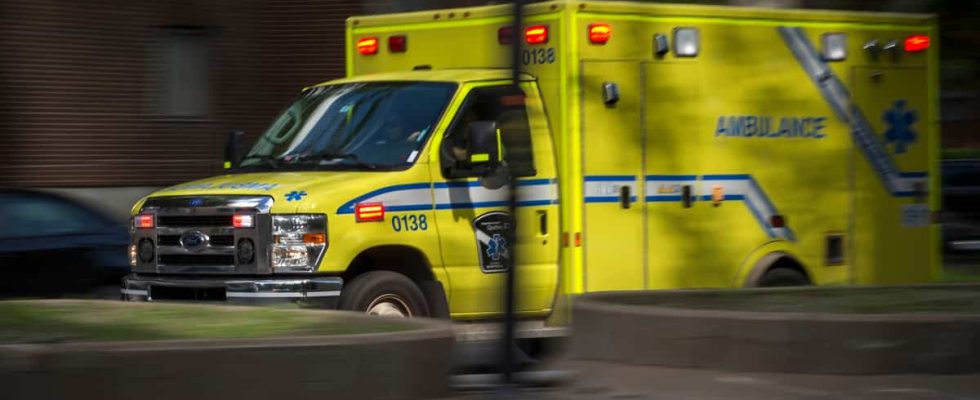A man from Saint-Eustache lost his life this morning by carbon monoxide poisoning for having tried to warm up using his barbecue, said François Legault at a press conference.
• Read also: Beware of carbon monoxide: people poisoned due to a charcoal BBQ in the house
• Read also: Darkness and brothel in Montreal: an ice storm that will be remembered for a long time
This death is in addition to a hundred Montrealers, including children, who have had to be treated for carbon monoxide poisoning since the start of the power outage, which puts unnecessary additional pressure on the emergency room.
All the intoxicated people had to be treated in hospitals, and some were even transported by ambulance.
“There are fairly serious cases listed,” said Simon Bilodeau, head of emergency measures at the Montreal Regional Public Health Department.
Without power since Wednesday afternoon, Montrealers poisoned themselves by using a gas or propane appliance in the house. Some poisonings affect several members of a family.
- Listen to journalist Julien Bouthillier at the microphone of Mario Dumont via QUB-radio:
Lack of ventilation
“They were trying to warm up or cook inside with the doors closed, no ventilation. The gas is stored in the buildings and the symptoms ensue”, explains Mr. Bilodeau.
Here are the symptoms of poisoning:
- Headache
- Dizziness
- Fatigue
- Visual disturbances
- Nausea
- Vomiting
- Loss of consciousness
- Seizures
- Death
Odorless, colorless and tasteless, carbon monoxide can spread without people noticing. Until it’s too late.
“To have so many cases in the space of 24 or 36 hours, it is sure that it is a significant pressure, underlines the Dr Guillaume Lacombe, vice-president of the Association of specialists in emergency medicine of Quebec. Many staff have no electricity, the situations are difficult. Since the system is paralyzed, we want to avoid visits to emergency rooms that are not essential.
“Definitely, carbon monoxide poisoning is preventable,” he adds.
Obviously, the best way to avoid this intoxication is not to use these combustion devices indoors, reminds the Public Health of Montreal.
Oxygen treatment
Furthermore, the Dr Lacombe points out that the treatment (with oxygen) takes at least a few hours and requires hospital support.
“All intoxicated people need to be treated and it takes a few hours or a few days,” he said. It’s not like a medicine that you take and go home.”
This afternoon, the emergencies of the Royal Victoria and the Jewish General Hospital exceeded 200% occupancy on stretchers.
Public Health also reminds that heat stops are in place for Montrealers without power who need to warm up.
